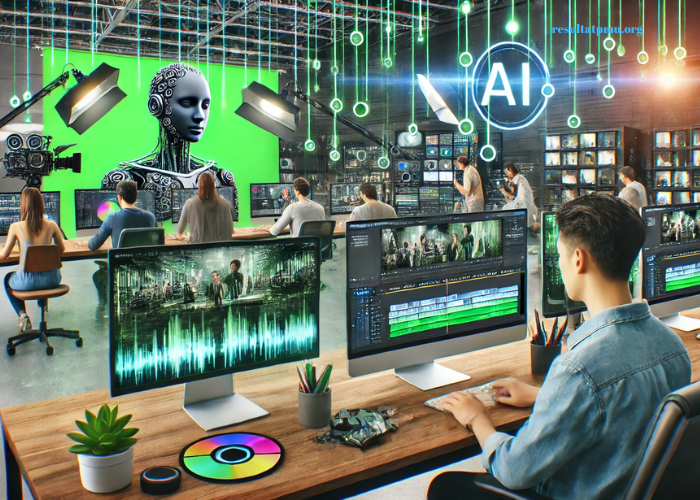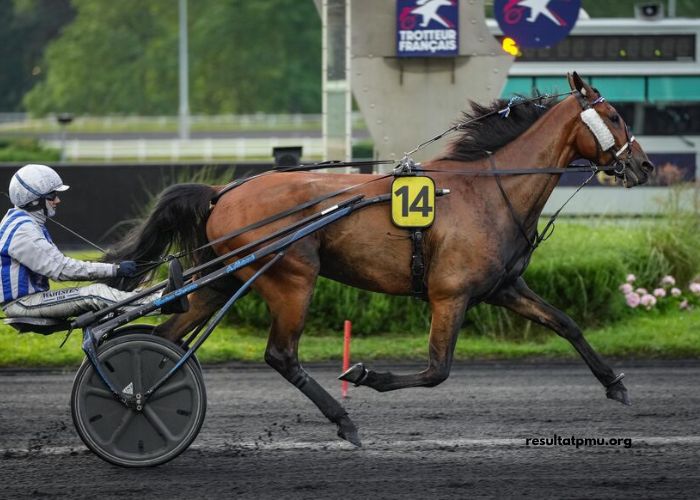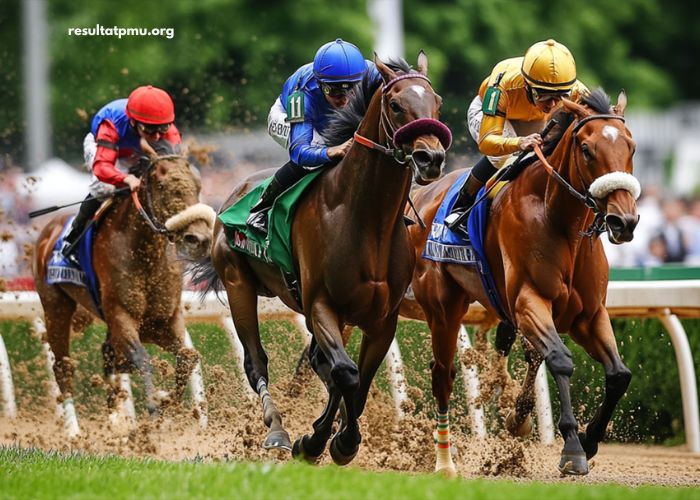As we enter a new era in filmmaking, the convergence of technology and storytelling is transforming the landscape of cinematography in unprecedented ways. This fusion not only enhances the visual experience but also redefines the narrative techniques employed by filmmakers. From artificial intelligence to virtual reality, and from high-definition cameras to innovative editing software, the tools available to storytellers are evolving rapidly. This article explores the future of cinematography, examining how emerging technologies are reshaping the art of visual storytelling.
The Evolution of Cinematography
Cinematography, the art of capturing visual images for film, has undergone significant transformations since the inception of cinema in the late 19th century. Early films utilized basic cameras and natural lighting, limiting the potential for storytelling. However, technological advancements over the decades have expanded the possibilities for filmmakers. The introduction of color film in the 1930s, the development of sound in the 1920s, and the advent of digital cameras in the late 20th century have all played pivotal roles in shaping the way stories are told on screen.
Today, the cinematographer’s role is more complex than ever. A cinematographer, or director of photography (DP), not only needs to master traditional skills but also adapt to new technologies that enhance visual storytelling. The integration of digital technology has made it possible to manipulate images in ways that were previously unimaginable, creating immersive experiences that resonate with audiences.
Technological Innovations Shaping Cinematography
High-Definition and 4K Cameras
The shift from film to digital has allowed filmmakers to capture images in high definition (HD) and ultra-high definition (4K). These advancements enable greater detail, richer colors, and improved contrast, enhancing the overall visual quality of films. With 4K cameras becoming more affordable and accessible, independent filmmakers can now create stunning visuals that rival those produced by major studios. This democratization of technology has resulted in a surge of creative storytelling, as diverse voices are able to share their narratives on screen.
Drones and Aerial Cinematography
Drones have revolutionized the way filmmakers capture aerial shots, providing unique perspectives that were once limited to expensive helicopter rentals. With drones, cinematographers can achieve dynamic shots, sweeping landscapes, and intricate movements that elevate the storytelling experience. This technology allows filmmakers to explore new creative avenues, whether it’s capturing breathtaking scenery or following characters in action-packed sequences.
Virtual Reality (VR) and Augmented Reality (AR)
Virtual reality and augmented reality are transforming the way audiences engage with stories. These immersive technologies create experiences that place viewers directly in the narrative, allowing them to explore environments and interact with characters in ways that traditional film cannot offer. Filmmakers are beginning to experiment with VR and AR, creating content that blends cinematic storytelling with interactive elements. This shift challenges conventional narrative structures and encourages new forms of storytelling that emphasize audience participation.
Artificial Intelligence (AI) in Cinematography
AI is making significant strides in the filmmaking process, from pre-production to post-production. AI algorithms can analyze scripts, predict audience preferences, and even assist in the editing process. For instance, AI tools can help cinematographers select the best takes, suggest color grading options, and optimize sound design. This technology not only streamlines workflows but also allows filmmakers to focus on the creative aspects of storytelling, resulting in more polished and engaging films.
The Intersection of Technology and Storytelling
While technological advancements in cinematography enhance visual storytelling, it is essential to recognize that technology should serve the narrative rather than overshadow it. The most compelling films are those where technology seamlessly integrates with the story, enhancing emotional depth and resonance.
Crafting Visual Language
Cinematography is more than just capturing images; it is about creating a visual language that communicates the story’s themes and emotions. The choice of camera angles, lighting, and composition all contribute to the narrative. With the rise of advanced technologies, cinematographers now have a broader palette to work with, enabling them to craft visual metaphors that enrich the storytelling experience. For example, the use of low-angle shots can evoke feelings of power or dominance, while close-ups can capture nuanced emotional expressions.
Enhancing Character Development
Technology allows filmmakers to explore character development in innovative ways. Through the use of sophisticated camera techniques and visual effects, cinematographers can convey a character’s inner turmoil or emotional journey. For instance, a character’s isolation can be portrayed through wide shots that emphasize their surroundings, while intimate moments can be captured through tight framing. By leveraging technology, cinematographers can deepen the audience’s connection to the characters and their struggles.
Creating Immersive Worlds
With the integration of technologies like VR and AR, filmmakers can transport audiences into fully realized worlds. These immersive environments allow viewers to experience stories from multiple perspectives, fostering a deeper emotional connection. For example, a VR experience could place viewers in the middle of a bustling cityscape, allowing them to interact with characters and explore the narrative at their own pace. This level of engagement redefines the relationship between the audience and the story, making them active participants in the cinematic experience.
The Future of Cinematography: Challenges and Opportunities
As we look to the future, the landscape of cinematography will continue to evolve. While the advancements in technology present exciting opportunities, they also pose challenges for filmmakers.
Balancing Technology and Artistry
One of the primary challenges facing cinematographers is striking a balance between technology and artistry. As filmmakers gain access to advanced tools, there is a risk that the focus may shift from storytelling to technical prowess. It is crucial for filmmakers to remember that technology should enhance the narrative rather than dictate it. The most impactful films are those where technology serves the story, allowing audiences to connect with the characters and themes on a deeper level.
Navigating Ethical Considerations
The integration of AI and other technologies raises ethical considerations in filmmaking. As AI algorithms become more involved in the creative process, questions arise about authorship and ownership. Filmmakers must navigate the implications of using AI-generated content and consider how it affects their creative voice. Additionally, the rise of deepfake technology poses challenges for authenticity and trust in visual storytelling. It is essential for filmmakers to approach these advancements with caution and maintain the integrity of their work.
Embracing Diverse Perspectives
As technology continues to democratize filmmaking, it is vital to embrace diverse perspectives in storytelling. The future of cinematography lies in the hands of a new generation of filmmakers who bring unique voices and experiences to the forefront. By leveraging technology, these storytellers can share narratives that resonate with a global audience, fostering empathy and understanding across cultures.
Conclusion
The future of cinematography is a thrilling intersection of technology and storytelling, where innovative tools are reshaping the art of visual narratives. As filmmakers continue to explore the possibilities offered by advancements such as high-definition cameras, drones, virtual reality, and artificial intelligence, the potential for creative storytelling is limitless. However, it is essential for filmmakers to maintain a strong focus on the narrative, ensuring that technology enhances rather than overshadows the art of storytelling.
As we look ahead, the cinematic landscape will undoubtedly evolve, with new technologies paving the way for fresh narratives and immersive experiences. By embracing the potential of technology while honoring the traditions of cinematography, filmmakers can craft compelling stories that captivate audiences and leave a lasting impact. The future of cinematography is bright, promising a new era of storytelling that pushes boundaries and invites audiences to experience stories like never before.




